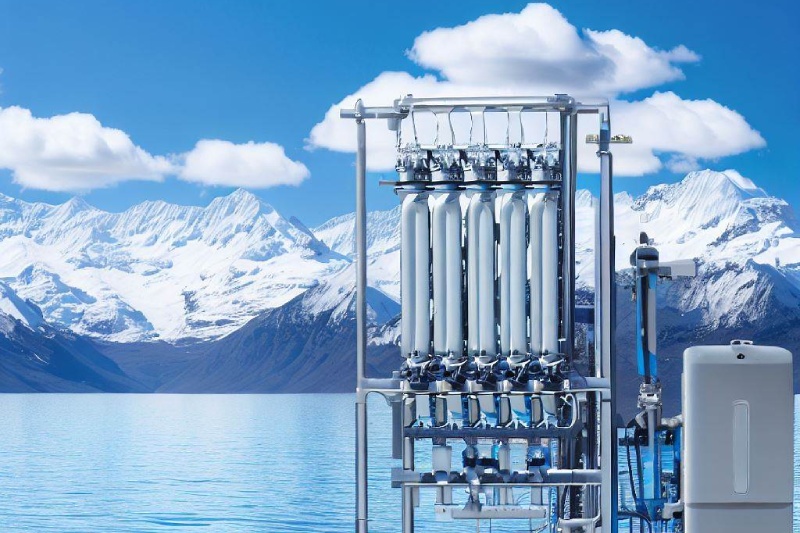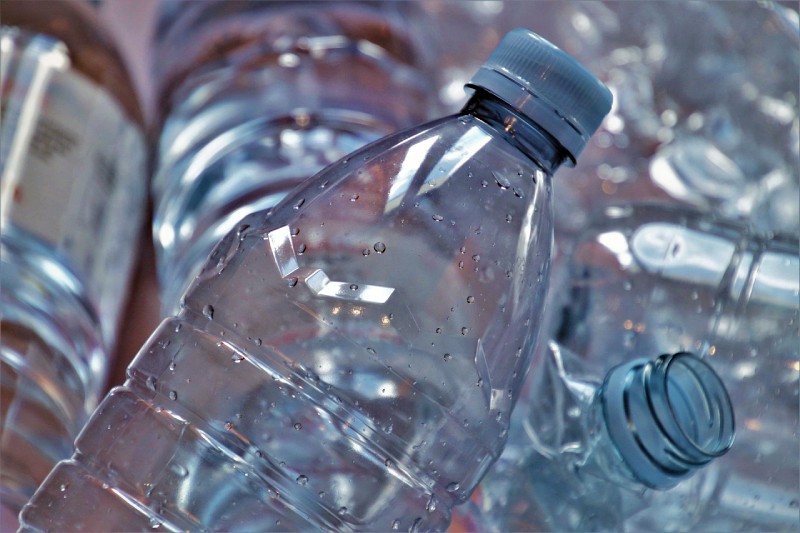
Water is an essential resource, and having access to clean and safe drinking water is crucial for our health and well-being. Reverse osmosis (RO) systems have become increasingly popular in households and industries for their effective water purification capabilities.

Reverse osmosis (RO) filtration systems have gained popularity as an effective method for purifying water. Whether it’s for residential or commercial use, understanding how these systems work can help us appreciate their efficiency in removing contaminants. In this article, we will delve into the inner workings of reverse osmosis filtration systems.

Plastic waste has become a global environmental issue, with one major contributor being the consumption of bottled water. The convenience of single-use plastic bottles has led to their widespread use, but the detrimental effects on the environment cannot be ignored. In this article, we will explore the environmental impact of bottled and plastic waste, shedding light on the severity of the problem.

When it comes to water filtration systems, two popular options often come to mind: traditional carbon filters and reverse osmosis (RO) filtration. Both methods aim to provide clean and purified water, but they utilize different mechanisms to achieve this goal. In this article, we will explore the characteristics and benefits of each approach, highlighting their key differences.




